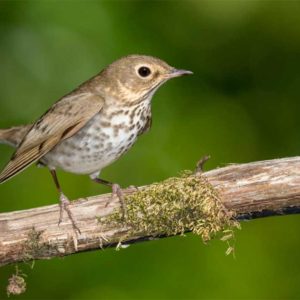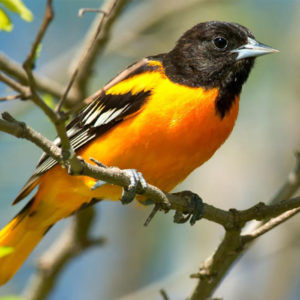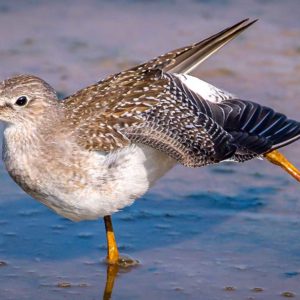Indigenous Peoples of the Boreal Forest: Connected to the Land, Birds and Water
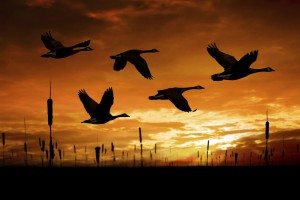
flock of migrating canada geese in silhouette at sunset
“Geese are a main staple food for the people of James Bay. During the spring goose migration, community schools close up for up to two weeks as most people are out on the land at their family camps for the spring goose hunt. This is one of the peoples’ most important seasonal cultural events. It’s a time for gathering, sharing, learning, and reconnecting ourselves to the land.
Knowledge of values and morals are passed on and the traditional teachings associated with the hunt are shared. These include respect, patience, honour and gratefulness to name a few… The goose hunt is not just a goose hunt. There is so much more as it is a lifestyle from our ancestors and for future generations as well.”
To the boreal’s Aboriginal peoples, the forest ecosystem and their traditional culture are one and the same. They do not separate themselves from the forests, rivers, birds and other wildlife when they talk of their homeland. When the boreal is threatened by industrial development, this affects the whole ecosystem, one that includes wildlife and habitat and the people who call the forest home.More and more, governments, companies, and non-governmental organizations are realizing the importance and necessity of ensuring Aboriginal rights and titles are respected in all land-use decisions. Nature Canada has been working with the Cree of James Bay and Hudson Bay on land-use plans that are good for birds and for people. On a national level, the government of Canada has taken a step towards recognizing the rights of First Nations and Inuit Peoples to their lands, territories and resources by signing the United Nations Declaration on the Rights of Indigenous Peoples in late 2010.
